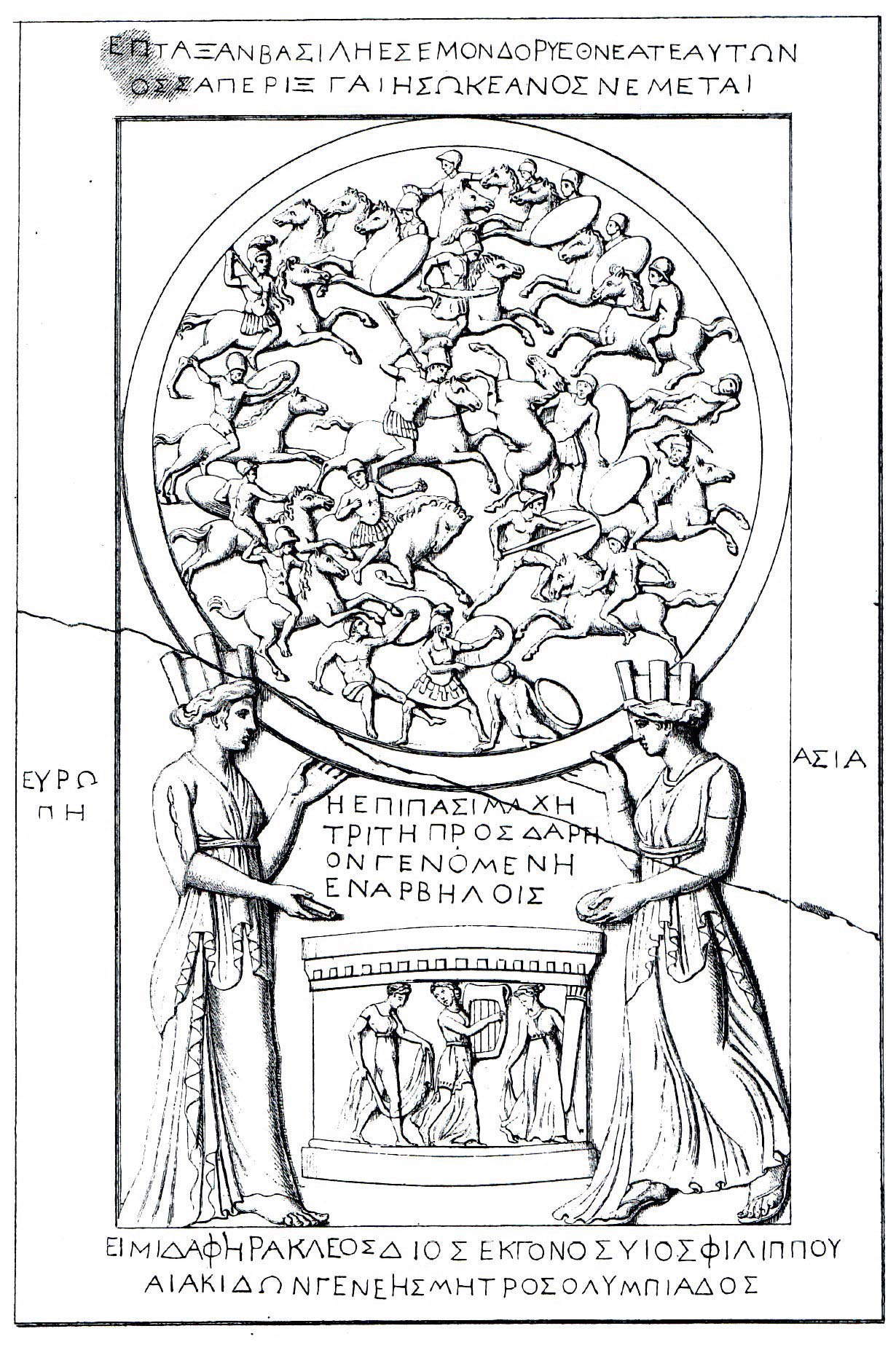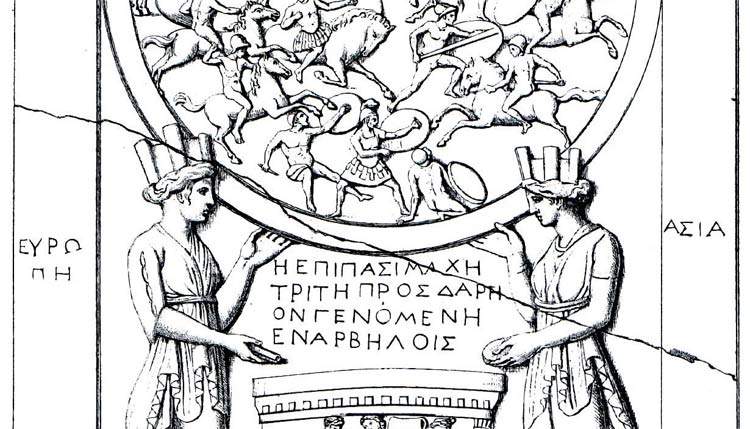MiC strike: acquired Tabula Chigi, important Roman relief believed lost
The Ministry of Culture has pulled off an extraordinary coup: in fact, the Tabula Chigi, a valuable Roman relief, datable to a period between the first century B.C. and the first century A.D., that had long been thought lost, has been found and acquired for state collections. Breaking the news first today is Corriere della Sera in its Rome edition.
The Tabula Chigi is a tabula iliaca, that is, a relief depicting several episodes of a story in separate panes: these tables are named after the Iliad, since most of the tabulae tell precisely episodes from the Iliad. We do not know what they were used for: perhaps as decorations for libraries, or again as illustrations of the episodes narrated to disseminate them, or again in some cases they may have had a votive function. According to some scholars, they may instead have been consumable objects for the nouveaux riches of Roman society at the time (e.g., enriched freedmen), who did not have the skills to approach literary texts, but could appreciate figure tales. According to the recent study (2010) published by Michael Squire in The Journal of Hellenic Studies at Cambride University Press, these might instead be highbrow works related to the literary poetics of the Hellenistic world: references that could only be grasped by fine connoisseurs of Greek calligrams and Hellenistic poetry might lead one to think that these were tablets intended for a clientele of particular erudition, since these tablets “played with Hellenistic visual-verbal relations in general.”

There are twenty-two tabulae iliacae in all that we know of: seven are preserved in Italy (the most famous is the Tabula Capitolina in the Capitoline Museums, where there are three other tabulae preserved in the Hall of the Doves, then the Tabula Albani in the Villa Albani, the Tabula Tomassetti in the Vatican Museums, and the Tabula Borgiana in the National Archaeological Museum in Naples). The Tabula Chigi had been given up for lost in a 2012 essay by David Petrain, and was known only from 19th-century illustrations. The table shows two female figures between which is an altar with a relief depicting a zither player with two dancers (probably Apollo between two Muses, two Graces and two Hours, according to Petrain: however, the presence of Apollo has no connection with the rest of the figuration), and holding a tondo with several figures, while with their free hand they hold a patera, a dish for offerings and libations. All along the surface run inscriptions in Greek. The two women are (we know this from the inscriptions identifying them) personifications of Europe and Asia. Instead, the inscriptions bear an epigram in which Alexander the Great speaks in the first person: “Kings have knelt before my spear, and their peoples too, as many as there are embraces of the Ocean around the earth. I am the son of Philip, by Heracles a descendant of Zeus, and of my mother Olympia, of the race of the Aeacids.”
The Tabula Chigi was found in 1777 in the Porciliano quarry, which at the time belonged to the powerful Chigi family, of Sienese origin. The Chigi family always held ownership: in 1928 the last member of the family, Sigismondo Chigi, donated the Tabula to his American wife Mariam Berry. For a long time the work is attested at the Chigi Palace in Ariccia, and that was until at least the 1930s, although later art historian Carlo Pietrangeli mentions it in his 1958 essay Scavi e scoperte di antichità sotto il pontificato di Pio VI. The Tabula only resurfaced in 1989 after Marian Berry Chigi disappeared in a safe deposit box at the Trust Company Bank in Atlanta, after which traces of it were lost again. The work was recently found in New York, and the discovery, explains the Corriere, “is due to the tenacity of Francesca Chigi, the last daughter of Sigismondo and Marion, thanks to the work of lawyer Roberto Giustiniani of Gitti & Partners, a family friend.” Just yesterday the lawyer formally ceded and handed over the Tabula, on behalf of Francesca Chigi, to the state: the handover took place in the presence of Massimo Osanna, director general of Museums at the Ministry of Culture, and the director of the National Roman Museum, Stéphan Verger. The Tabula Chigi is in an excellent state of preservation.
“The Tabula is splendid,” Osanna told Corriere, “and it is a great joy to be able to enrich the collection of the Roman National Museum with a testimony so charged with history.”
 |
| MiC strike: acquired Tabula Chigi, important Roman relief believed lost |
Warning: the translation into English of the original Italian article was created using automatic tools. We undertake to review all articles, but we do not guarantee the total absence of inaccuracies in the translation due to the program. You can find the original by clicking on the ITA button. If you find any mistake,please contact us.




























